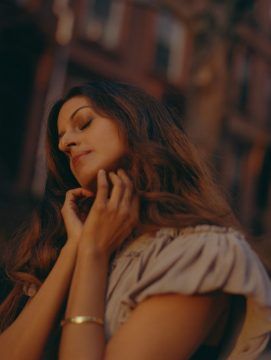John Ortved in Document:
 Why do we like what we like? The books, movies, photos, and artworks that form our perspective—who puts them in front of us? One answer is the critic, that cipher of taste who places art in its various corridors, then augments, defines, degrades, and ultimately shapes the works that shape us. In times when the public’s eye travels with ever more scope but not necessarily more depth, criticism, the act of choosing—and so much more—becomes more important than ever. It’s for this reason that so many eyes are turning to Parul Sehgal and Teju Cole, two critics—as well as editors, essayists, and artists—challenging not only us but art forms themselves.
Why do we like what we like? The books, movies, photos, and artworks that form our perspective—who puts them in front of us? One answer is the critic, that cipher of taste who places art in its various corridors, then augments, defines, degrades, and ultimately shapes the works that shape us. In times when the public’s eye travels with ever more scope but not necessarily more depth, criticism, the act of choosing—and so much more—becomes more important than ever. It’s for this reason that so many eyes are turning to Parul Sehgal and Teju Cole, two critics—as well as editors, essayists, and artists—challenging not only us but art forms themselves.
At only 37, Sehgal is re-centering literature from her position as literary critic and columnist at The New York Times. (She was hired after the Times’s chief literary critic, Michiko Kakutani, stepped down in 2017). Her choice of subjects and focused, artful prose is giving space to works by marginalized authors, including women and people of color, as well as international identities and cultures historically left out of the canon. As we continue to look to the written word for clarity, hope, and maybe even answers, work by Sehgal—who teaches at Columbia University and won the 2010 Nona Balakian Award from the National Book Critics Circle—has become nothing short of essential reading.
Meanwhile, Cole is directing our gaze from various esteemed perches, be it his role as the first Gore Vidal Professor of the Practice of Creative Writing at Harvard, his job as the photography critic for The New York Times Magazine, as the PEN/Hemingway Award-winning author of Open City, or as an internationally exhibited photographer. Our eyes follow his, even if we’re not aware of it.
More here.
